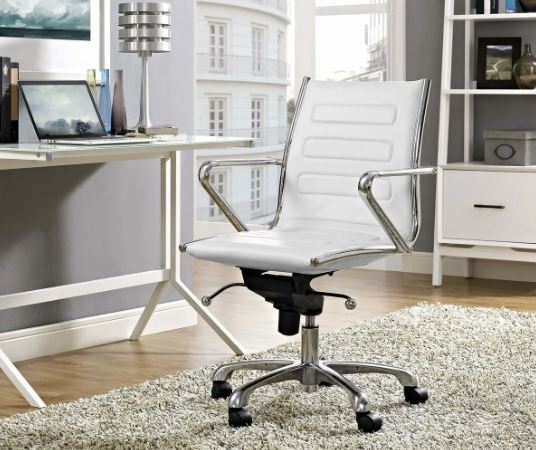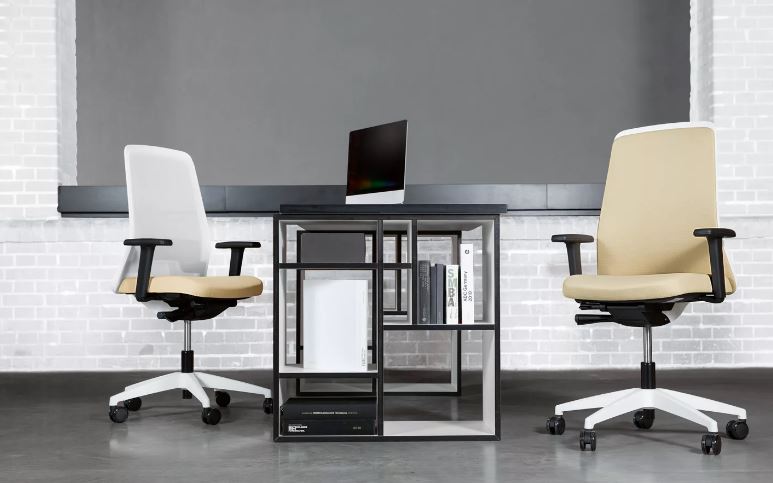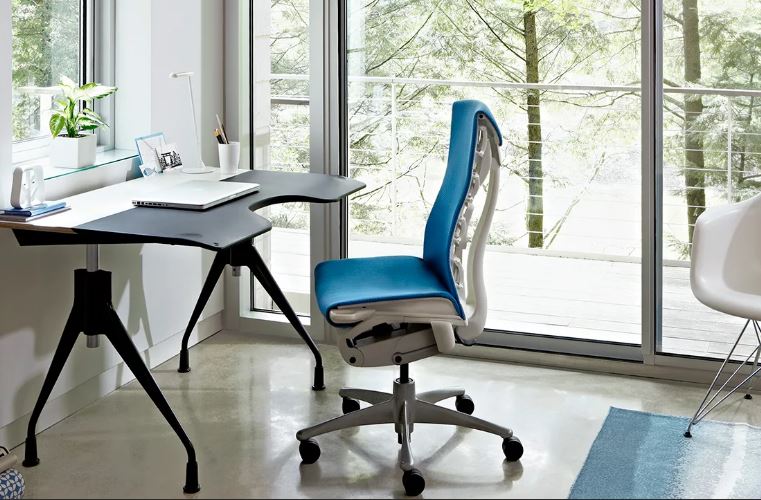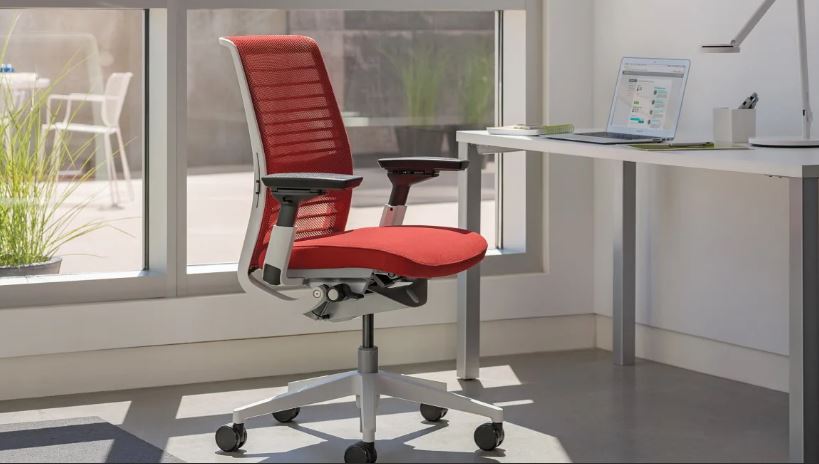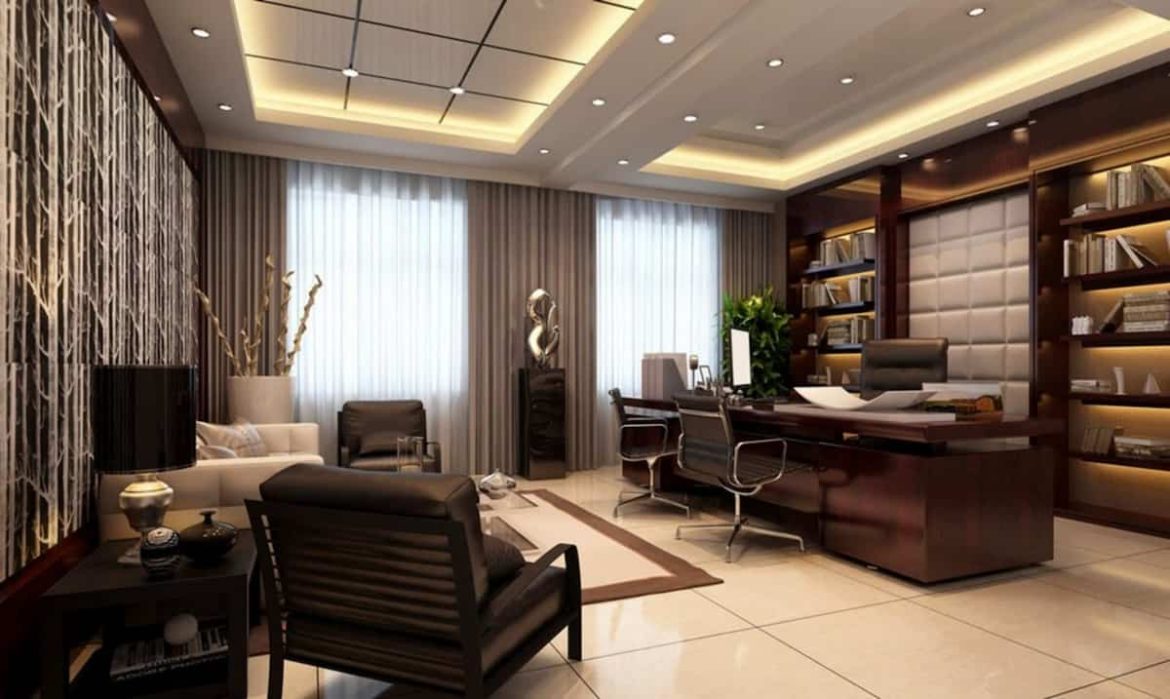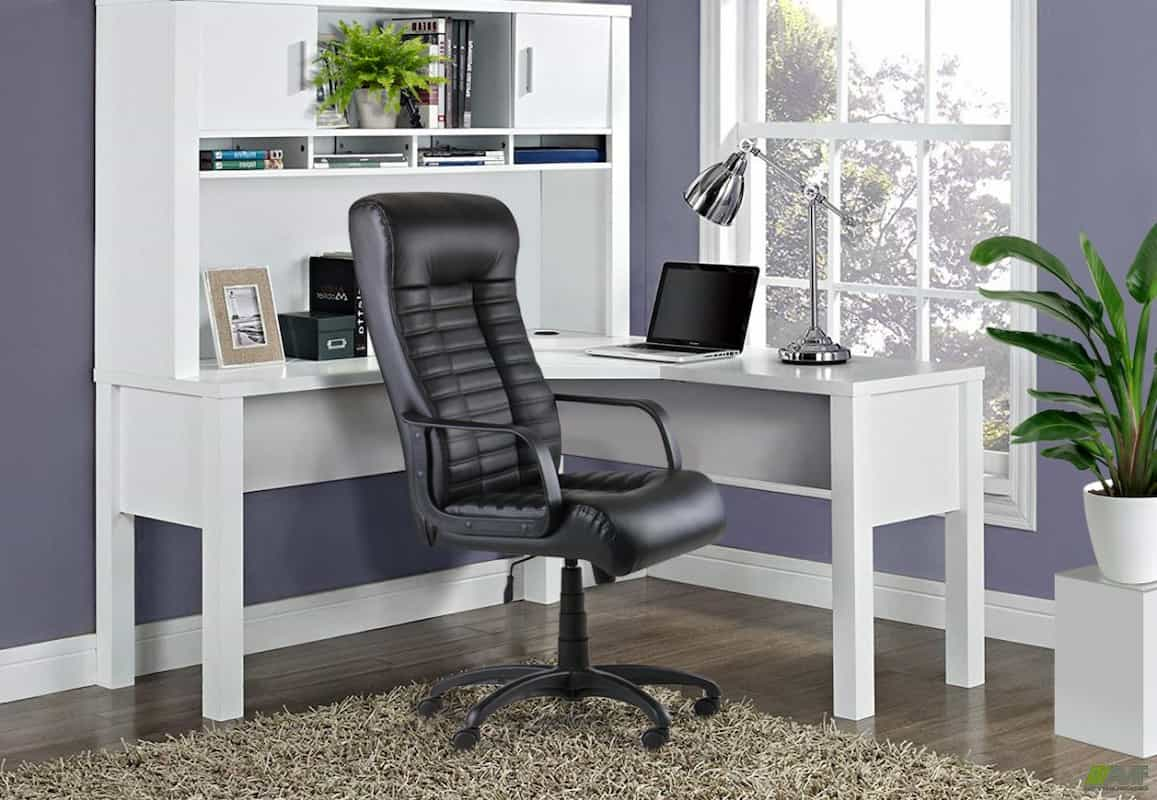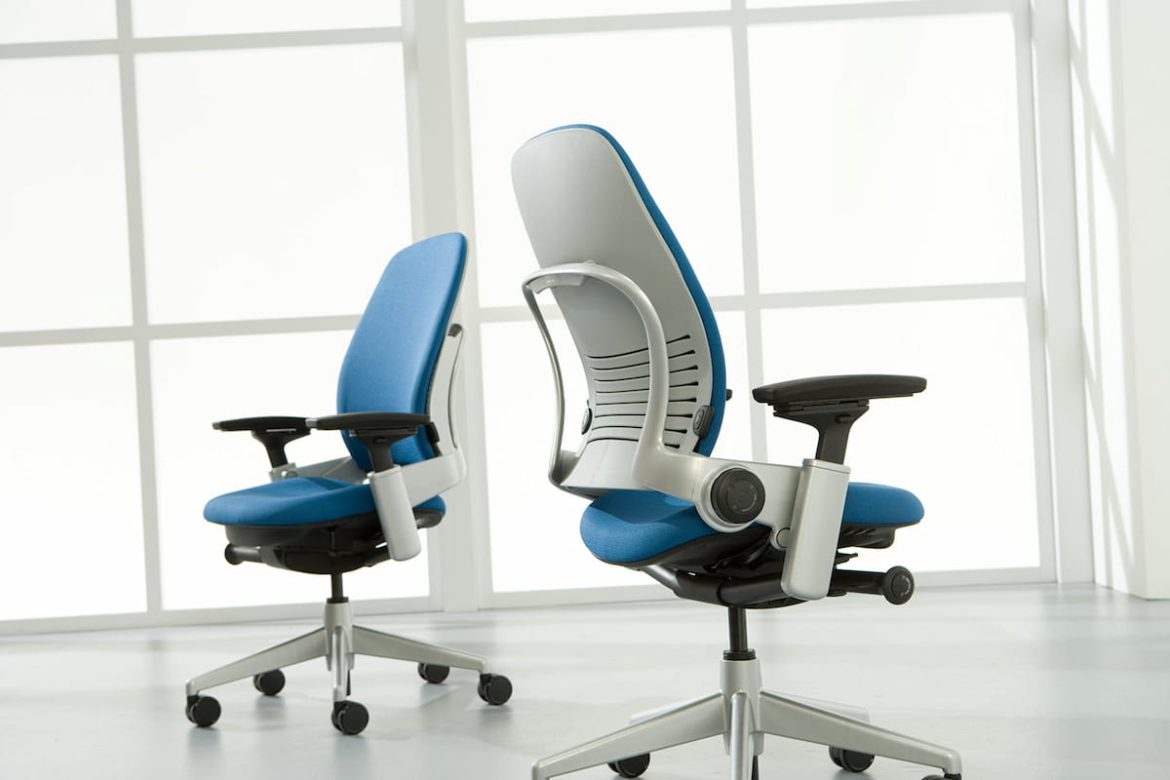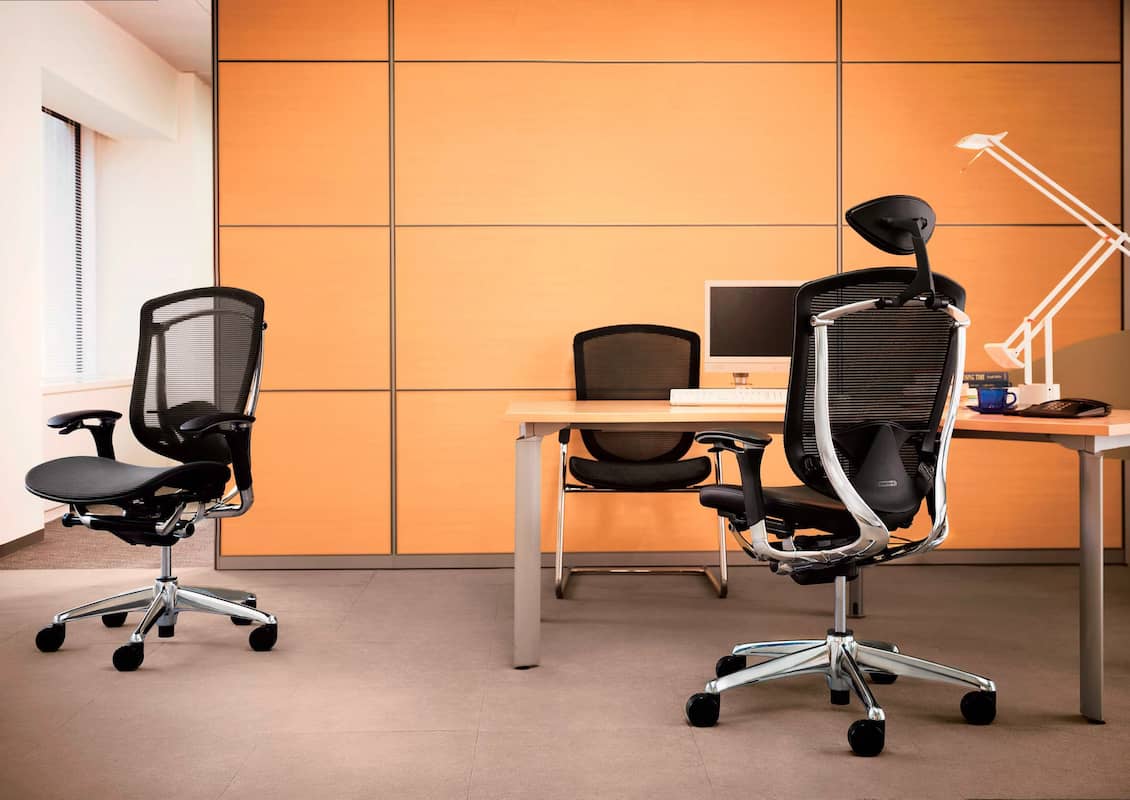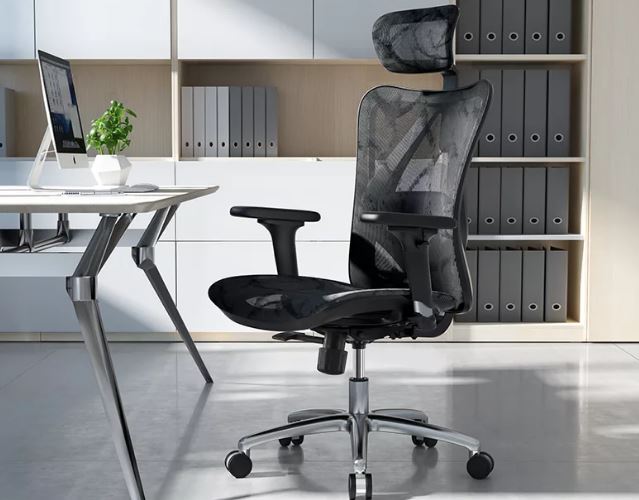A guide to the joints in wooden furniture
Wooden furniture has been popular for centuries, so it’s no surprise that there are so many different types of its shapes these days. Having so many options is nice, but selecting the best wood furniture can be difficult. Whether it’s a solid wood desk or a matching dining set, how do you choose the right wood furniture for your home?
Type of wood to look for
One of the most significant details to consider is the type of wood used for the furniture. There are dozens of woods to choose from, and while they are nearly identical in strength and durability, they look pretty different. Some woods are light and smooth, while others are dark and rough. Keep the features you want in mind as you read about the most popular types of furniture wood below.
Almost all kinds of wood can be used to make furniture, but some woods have always been favored for their beauty, durability, and ease of work. Before 1900, most furniture was made from the following woods: walnut, oak, mahogany, rosewood, fruitwood, rare wood veneers, and inlays were commonly used.
American colonial furniture was made from maple, oak, hickory, birch, cherry, and pine, depending on local availability. For this reason, our latest furniture is almost always worth a look. 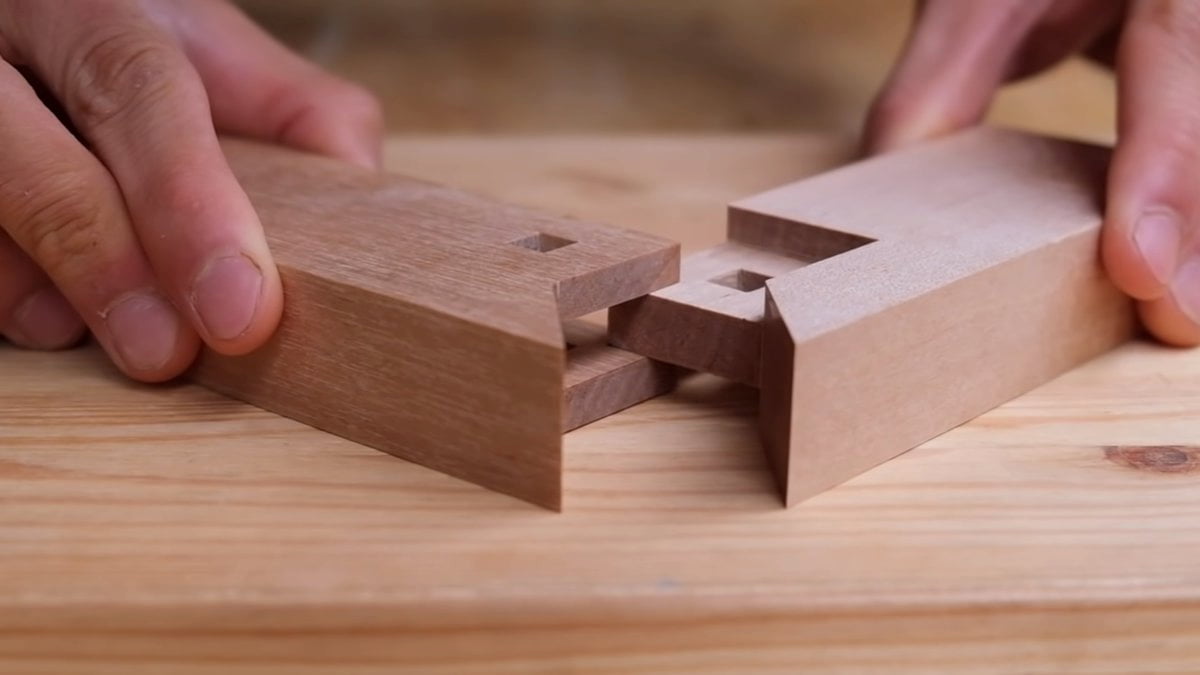
The furniture is made of the most abundant wood. These preferred woods are becoming increasingly rare and expensive. Traditional favorites have become rare. Today, most pieces of furniture are made from ash, pine, rubber, and poplar. Pine, fir, and other cheap woods are used for hiding. Rare woods are only used for very good furniture and are often combined with cheaper woods.
Being able to recognize the type of wood used in furniture helps determine its true value. Wood identification can be a deciding factor when it is unclear whether the piece is worth restoring or should be discarded.
It is quite possible that it was made from wood, which is considered a rare wood. This article explains how to inspect the furniture and what specifications or identifying marks to look for to simply identify the type of wood used in that piece of furniture. It helps you understand the fundamental properties of all wood, such as hardness, grain, and Color.
wood characteristics
Hardness: The easiest way to describe wood is to say that it is hard or soft, but this description can be misleading. Not all types of hardwoods are hard, and not all kinds of softwoods are gentle.
No. The hard/soft classification is the classification of plants. Broadleaf trees are flowering trees. Conifers are conifers. Most hardwoods are usually harder than softwoods, but there are exceptions.
Hardwoods are generally more valuable than softwoods because they are rarer. However, this is not always the case. Chicle, for example, is a hardwood that competes with softwoods in price. A more useful way to identify wood is by grain and Color.
Grain and Color: The cellular structure of the wood, which varies from one species of tree to another, determine the grain. Hardwoods have tubular cells called blood vessels, which can be seen as pores in the wood. If the cells are large, the texture of the wood will be slightly rough or open.
A filler might be needed to smooth the surface of the wood. If the cells are small, the texture will be smooth. Described as fine-grained, these woods do not require filler.
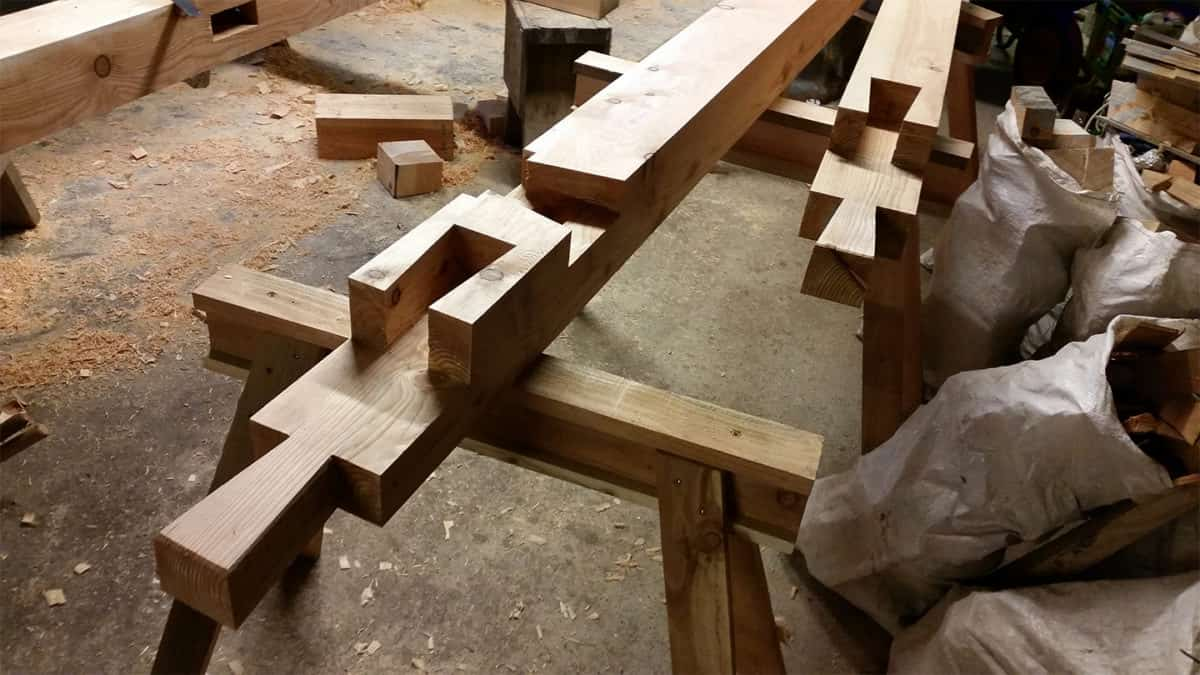
Oak, hickory, ash, mahogany, rosewood, and teak are all straight-grained woods. Beech, birch, maple, cherry, satinwood, rubber, and poplar are fine-grained. Although conifers do not have vascular cells, they can be considered fine-grained for practical purposes.
All trees have annual rings made up of cells that form during each growing season. The type and arrangement of the cells determine the appearance of the wood.
There are forests with dull grains and well-defined grains. There are straight streaks, swirls, waves or curls, ripples, eyes, and speckled effects. Colors range from white and pale yellow to red, purple, and black. Each species has its own grain and Color, which varies from tree to tree, but these characteristics can most often be used to identify the wood.
Furniture wood is selected and evaluated for its grain and color characteristics. Hardwoods typically have a richer, finer grain than softwoods, but they also have a richer grain in all colors and patterns.
Woods with highly distinctive patterns are often more valuable than woods with faint or dark patterns, and woods with weaker grains are often stained for the character. That is why the old finish must be completely removed before checking what wood the furniture is made of.
Wood evaluation method
How do you begin to identify the type of wood which is used in your furniture? It may seem difficult at first, but with experience, it becomes easy. With practice, you may be able to recognize different woods not only by their Color and grain but also by their smell and texture. You should ask yourself some important questions.
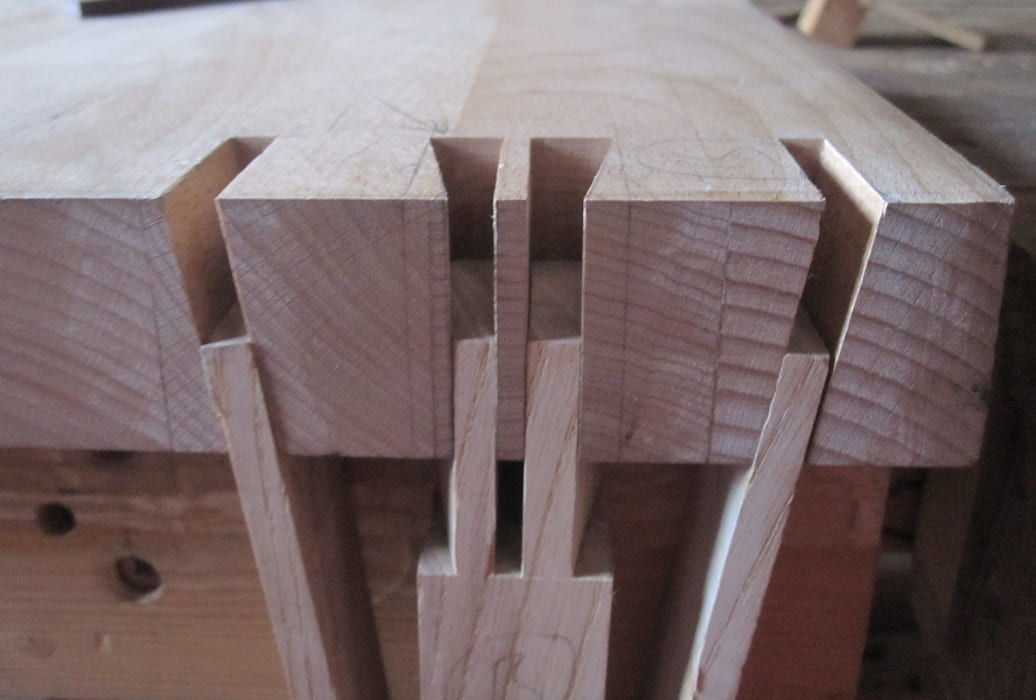
Consider the furniture itself. How old are you, and what is your style? Some types of furniture are made from specific wood. For example, ash is widely used in bentwood. Most new furniture is made from wood that is not used in older furniture.
Look at the colors. Color varies considerably from tree to tree, but the hue is fairly consistent within a species. The intensity of the Color changes, but the quality remains the same. Some woods have unique color characteristics. For example, poplar is the only wood with a green tint, and rosewood can be a deep purple.
Is the grain straight, wavy, mottled, or whorled?
If you look closely at your furniture, you may notice that it is made of veneer (a thin layer of wood) or a combination of woods. Rare woods are used where appearance is important, such as table tops. The most common wood is used for less visible structural parts, such as table and chair legs. This multi-timber structure is not always readily visible until the old finish is removed.
Furniture made from multiple planks of wood will eventually require special finishing treatment. You may need to stain the common wood to match the wood on the most prominent surface if you have multiple wood blocks.
Once you are familiar with your furniture’s color, grain, and construction style, you can use that information to determine the specific type of wood used. See the next section for easy ways to identify common furniture woods.
